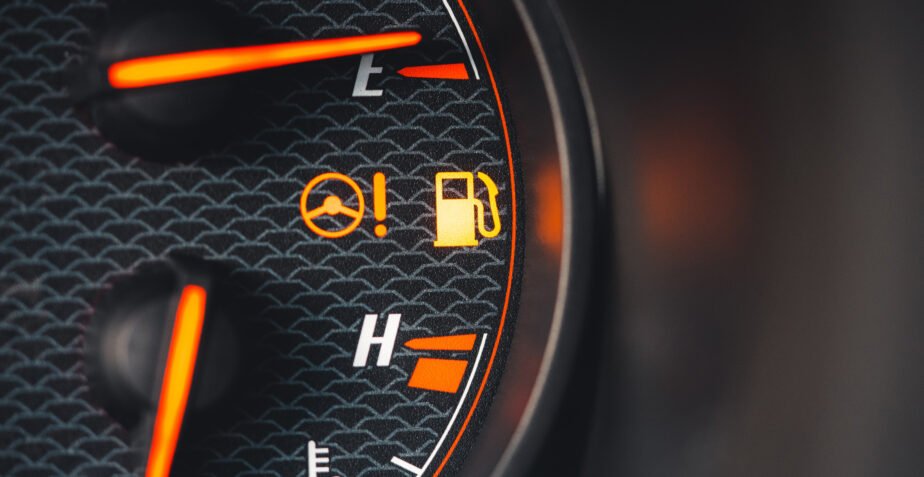- December 4, 2023
- 0

Recognizing the Signs: When Your Brakes Need Servicing or Replacement
Your vehicle’s brakes are undoubtedly one of the most critical safety components. Regular brake maintenance and timely replacement are essential to ensure your safety on the road. But how can you tell when your brakes need attention?
We’ll discuss the indicators of a worn or failing brake system, enabling you to recognize the signs and take prompt action.
1. Squeaking, Squealing, or Grinding Noises
Unusual noises coming from your brakes are often the first sign that something is wrong. Squeaking, squealing, or grinding sounds indicate that the brake pads have worn down excessively and are scraping against the brake rotors. These noises should never be ignored, as they can indicate issues with your braking system.
2. Reduced Responsiveness
If you notice a decrease in the responsiveness of your brakes, it is a good indication of a problem. A spongy or soft brake pedal that requires more pressure to engage the brakes could mean there is air in the brake lines or a brake fluid leak. Reduced responsiveness compromises your ability to stop the vehicle quickly, which poses a serious safety risk.
3. Vibrations or Pulsations
If you feel a pulsating or vibrating sensation when applying the brakes, it could indicate warped brake rotors. Warped rotors result from excessive heat buildup during braking, causing uneven wear and compromising the braking performance. If left unattended, this issue can lead to longer stopping distances and potential brake failure.
4. Pulling or Drifting
When you apply the brakes, your vehicle should come to a straight and controlled stop. If you experience your vehicle pulling to one side or veering off course, it suggests a problem with the brake system. This could be due to uneven brake pad wear, a stuck brake caliper, or brake fluid imbalances. Such issues need immediate attention to maintain safe handling and prevent accidents.
5. Dashboard Warning Lights
Modern vehicles are equipped with onboard diagnostic systems that monitor various components, including the brake system. If your vehicle’s dashboard illuminates a brake warning light, it indicates a potential issue with the brakes. This warning light may vary depending on the make and model of your vehicle, but regardless of its specific appearance, it should not be ignored.
6. Excessive Brake Dust or Fluid Leaks
Visual inspections can often reveal valuable information about your brake system. If you notice an excessive accumulation of brake dust on your wheels, it may suggest that the brake pads are wearing down rapidly. Additionally, inspect your vehicle for any signs of brake fluid leaks, such as puddles or wetness near the wheels. Brake fluid leaks can compromise the hydraulic function of your braking system, leading to decreased performance.
Recognizing the signs of a worn or failing brake system is crucial for maintaining your safety on the road. If you encounter any of the indicators mentioned above, it is highly recommended that you seek professional brake servicing or replacement. Remember, neglecting brake issues can result in compromised stopping power, longer braking distances, and potential accidents. By paying attention to your brakes and promptly addressing any problems, you can ensure optimal braking performance and the well-being of both you and your passengers.
- September 13, 2023
- Automotive, Brakes, Driving, News
related posts
NO COMMENTS
You must be <a href="https://maxbrakes.com/wp-login.php?redirect_to=https%3A%2F%2Fmaxbrakes.com%2Frecognizing-the-signs-when-your-brakes-need-servicing-or-replacement%2F">logged in</a> to post a comment.
